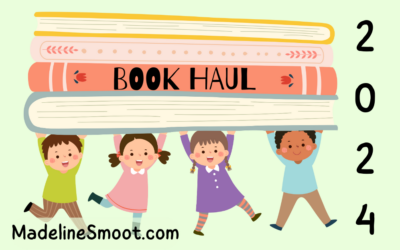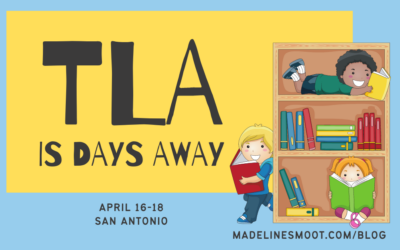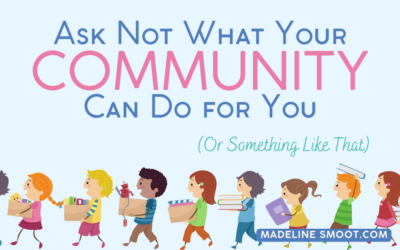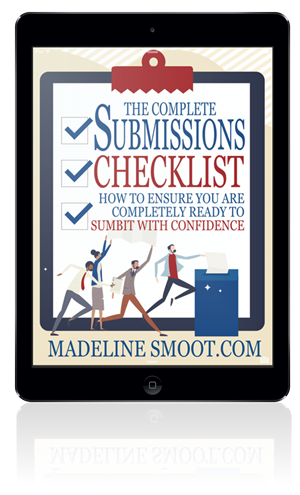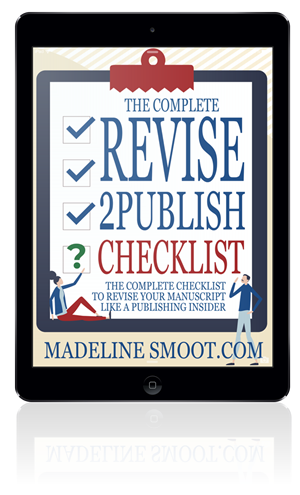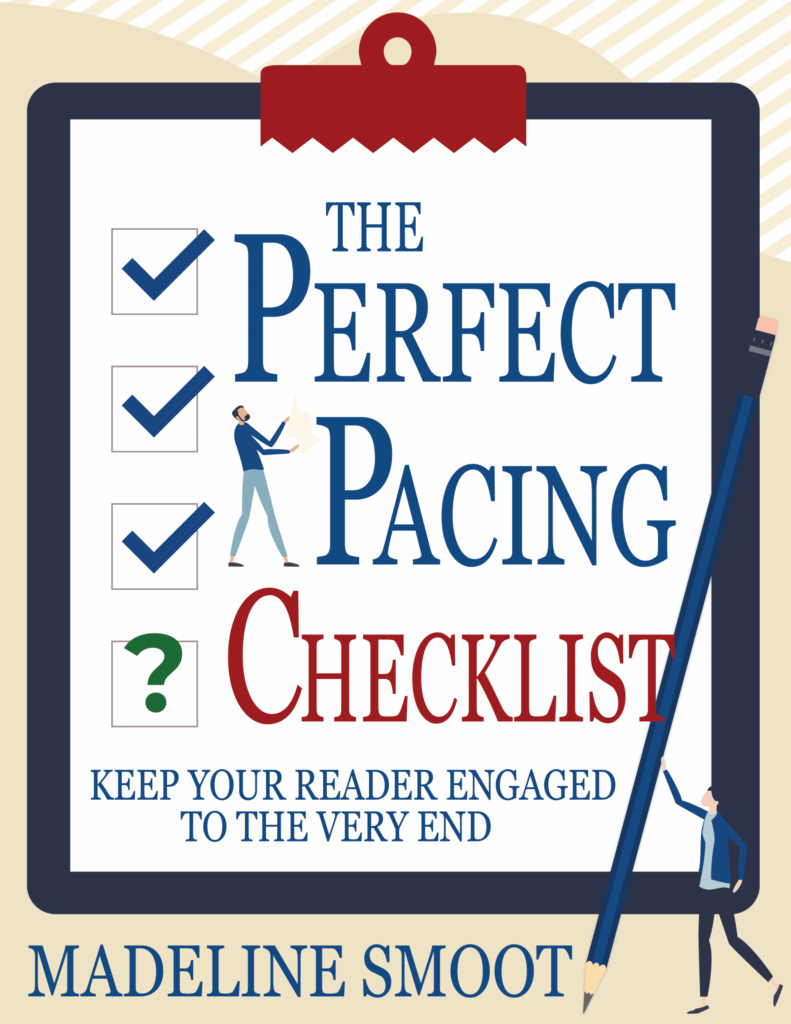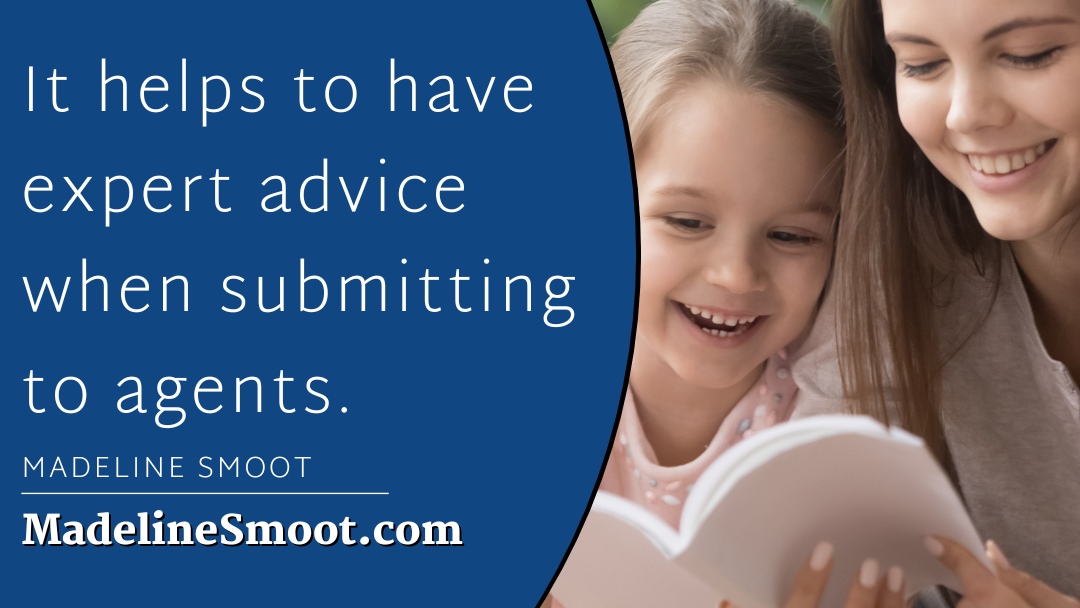It’s been a bit since I’ve talked about query letters for kid’s books, so I thought it was time to review them again. I always think that the best query letters answer two questions: What is this book about? & Why should I care?
However, there’s way more to a query letter than just that. A query letter is basically a business letter to a potential business contact. That means we’re going for professional, not cute. This is the time to show that you are a mature professional-oriented person. Your manuscript can be as fun, creative, and innovative as you want. Your query letter should not be.
This is not to say that you’re writing stodgy, jargon-filled sterile letters. Your personality and voice should still shine through. It just means that this isn’t the time to use the weird fonts or embedded gifs or memes. Standard grammar, punctuation, and spelling are preferred in a query letter as well as standard information broken into roughly four paragraphs and a conclusion. Those paragraphs are:
- Paragraph 1: This paragraph is about why this agent/editor is right for your book and why your book is right for the agent. This is the place to personalize the query to them and show that you are thoughtfully submitting. It also is a good time to let them know what existing books yours is similar to. For example, if I was querying my book A Harmless Lie and a Dangerous Spy, I would say that this is a book for fans of Stalking Jack the Ripper or Paper Girls of Paris. This is also the paragraph to say what market segment and genre your book falls into. My book is a YA historical romance.
- Paragraph 2: This is a summary of your book. This isn’t like the teaser type copy that you see on the backs of paperback books. This is a summary that gets at the heart of your book and can give away the end. Sometimes this paragraph is actually broken into two.
- Paragraph 3: This paragraph tells the agent why your book is important. This is a great place to touch on your themes and any social issues your book may address. Basically, this paragraph answers the question, why should I care about this book?
- Paragraph 4: This is your bio. However, it’s more than just a bio or your writing history. It’s a place to say why you are the person to have written the book. It’s a good place to explain the connection or emotional connection you have to the story, the material, or the theme. If you wrote a book about wildlife preservation, for example, this is a good place to reveal your biology degree or the time you’ve spent working or volunteering at a zoo. Even if your connection to the book isn’t that blatantly obvious, you are connected to your book in some way. All of our books are a little piece of ourselves. This paragraph is a good place to show that.
- Conclusion: You just need to thank the agent for considering your work. This is also a good place to explain that your manuscript is complete and the word count.
From there, just lay the letter our in a standard email format. This would be single spaced with a line between paragraphs, standard for your email program font, with a greeting at the beginning, and your name and some contact information at the end.
Remember the agent or editor wants to know what your book is about and why they should care. Your job is to tell them that information and then let your amazing manuscript speak for itself.
